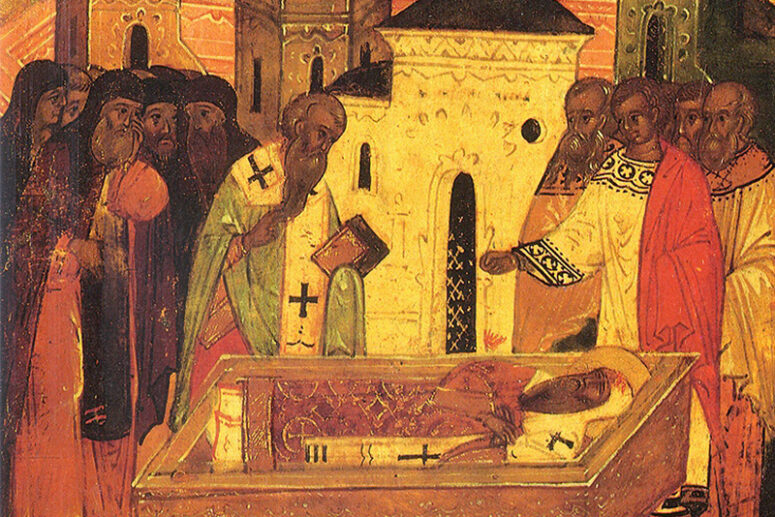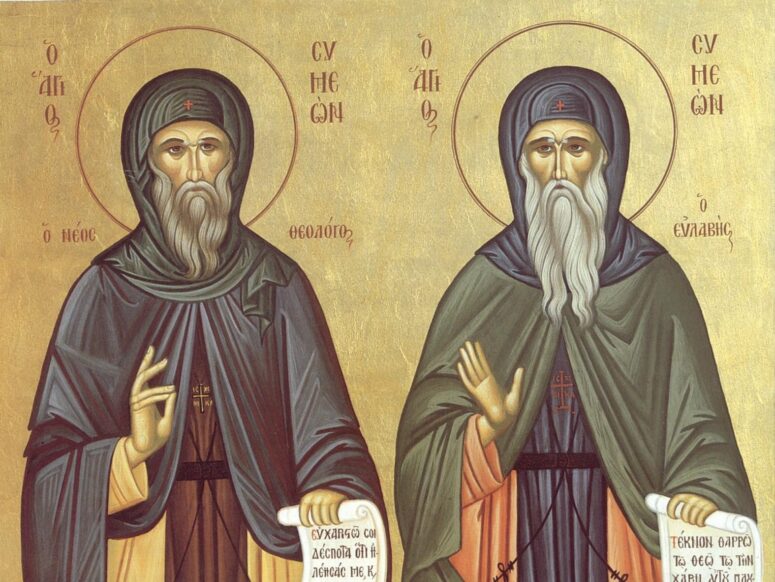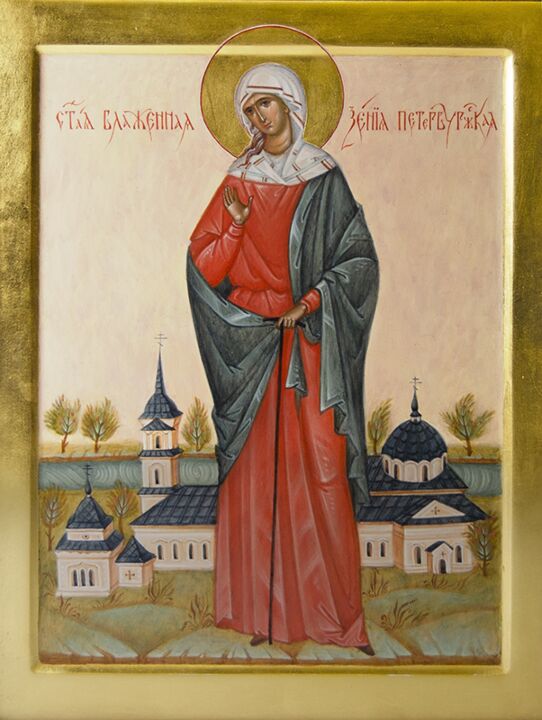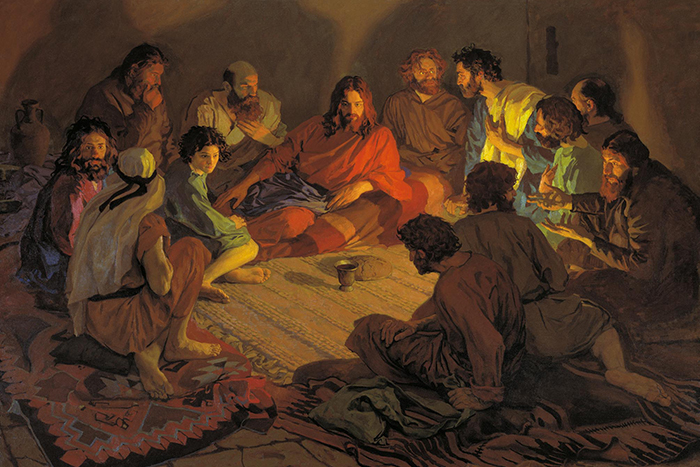
In the Russian Orthodox Church, canonisation is a form of confirmation of the sanctity of its members in the sacrament of glorification. Glorification is contingent on several conditions, or criteria, such as righteousness and piety, immaculate faith, and popular veneration. However, in the old Church, the process of glorification was different.
Early Christian saints
The veneration of saints is almost as old as Christianity itself. When the Scripture consisted only of the Old Testament, the faithful were already venerating the forefathers, prophets and kings. As such, the first Christian saints were martyrs for the faith. In the first century after Christ, many Christians had only one prospect open to them – martyrdom for Christ. The faithful venerated martyrs for Christ almost immediately after their death. Martyrdom was a sufficient cause for glorification, and trumped all other circumstances, such as unrighteous life or not being baptised. The martyrdom of the unbaptised was called ‘baptism by blood.’ The fathers of the church called it the only way of salvation for the unbaptised. “Someone who does not accept baptism cannot have salvation, except for the martyrs, who inherit the kingdom of heaven without the baptism” (St. Cyril, Bishop of Jerusalem. Teachings on the catechism and the sacraments; catechismal teaching 3); “This is the baptism which both stands in lieu of the fontal bathing when that has not been received and restores it when lost.” (Tertullian. On Baptism, Chapter 16).
Today, the Church no longer practises glorification of unbaptised martyrs.

The idea of sainthood
The understanding of sainthood has also evolved over the millennia. In the New Testament, saints are often understood to be all Christians, and the Church itself is described as a gathering of saints. In the times of the early Church, everyone who chose to become a Christian was obliged to turn their back on all things of the flesh and live like a saint. Today, this expectation has not changed, but not every Christian is prepared to keep to a high standard or to raise it high enough. The early Christian churches held the faithful to very strict rules. Commission of a deadly sin was grounds for ex-communication for life. Yet the application of this rule was relatively short-lived, and eventually, sinners could return to church after the sacrament of penitence. This rule has survived our time.
Before the Menologion
Early Christian churches had no uniform lists of venerated saints similar to today’s Metanoia. Instead, each church maintained its Synaxis of martyrs and ascetics famed in its respective territories. Because some of the saints were venerated far beyond the territory of the episcopal church, many churches were venerating the same saints. However, it was not until the 10th – 11th century that the local patriarchies began to form uniform synaxes of the church and include them in the Menaion. The uniform synaxes did not include all the saints, but only the most distinctive ones. Simultaneously, the churches were abandoning the old tradition of posthumous glorification of every bishop or patriarch who had not fallen into heresy.
Veneration of unglorified saints
Church history has examples of controversies and even conflicts over the glorification of some saints, sometimes resulting in the adoption of stricter and more specific rules for canonisation. One of these influential precedents happened in the eleventh century and involved the spiritual writer Simeon the New Theologian, glorified as Holy Venerable. He had great respect for his spiritual father, elder Simeon. When he died, Simeon, the New Theologian glorified him by his decision and conducted a three-day commemoration of his name at his monastery. Because the monastery was in Constantinople, news of the commemoration quickly spread across the city. Some received it with great joy, but others believed that Saint Simeon had exceeded his authority by glorifying his spiritual teacher. The dispute escalated into a heated argument, and the matter was brought to the attention of the Patriarch. The Patriarch supported Saint Simeon and confirmed the glorification of his teacher as Saint Simeon the Pious.

Veneration of the saints in Russia
Russia accepted the Christian faith in the 9th century from Byzantine. By that time, the doctrine was already well established. Glorification of the great Russian saints happened soon after Christianisation. The first Russian-born martyr saints were Theodore the Varangian and his son John. The first venerable saints were Saint Anthony and Saint Theodosius of the Kiev-Pechersk Lavra. Prince Vladimir equal to the apostles was also canonised as a saint. The Synaxis of Russian saints is remarkable for large numbers of fools-for-Christ among them. In the Russian Church, there are more saints canonised as fools-for-Christ than in most other churches. Some of its most prominent fools for Christ are Basil the Blessed and Xenia of Saint Petersburg. This situation might reflect some special affinity of the Russian heart to the righteousness of these saints.

Having reviewed the evolution of the attitudes towards canonisation from the early history of the Christian Church to our time, we remain convinced that nothing in our lives happens without the will of God. We are confident that the great ascetics and righteous men of our church are shining in the Kingdom of Heaven in their eternal glory, even without being canonised by the Church on earth.





Anastasia, your exploration of the glorification of saints in the early Christian Churches is both enlightening and thought-provoking. It’s a subject that continues to influence modern Christianity, and your historical perspective sheds light on its roots and development. Your dedication to uncovering these hidden gems of Christian history is truly commendable. Looking forward to more of your insights on this captivating topic!
Thank you so much! I’m glad that this article was useful to you!